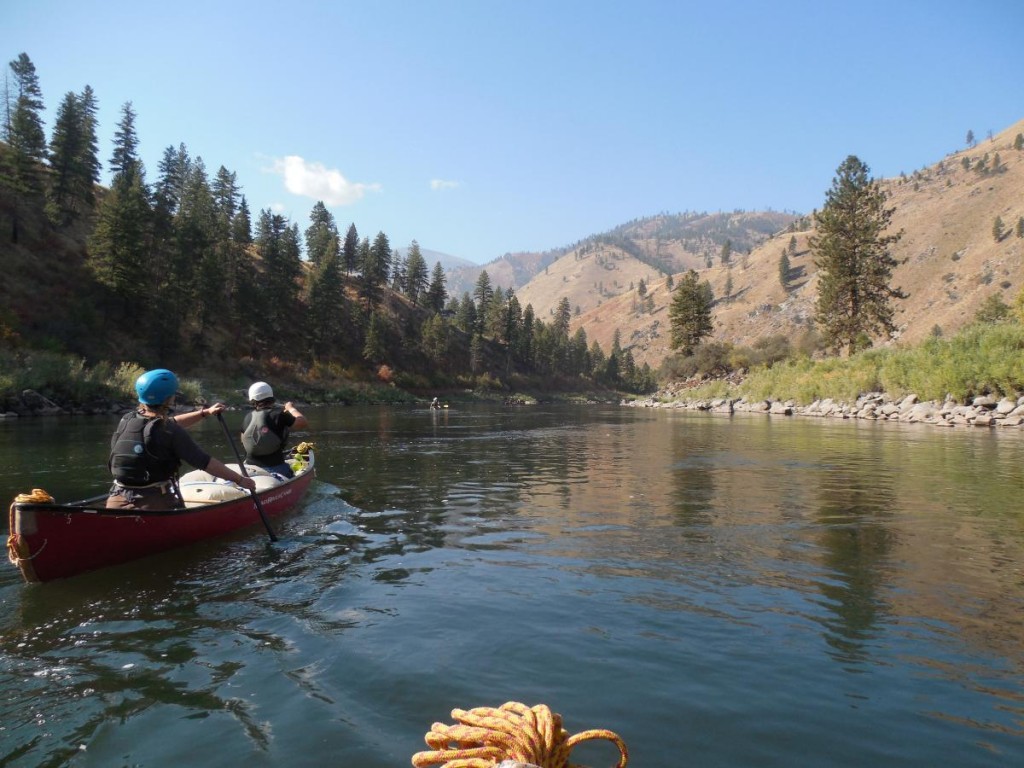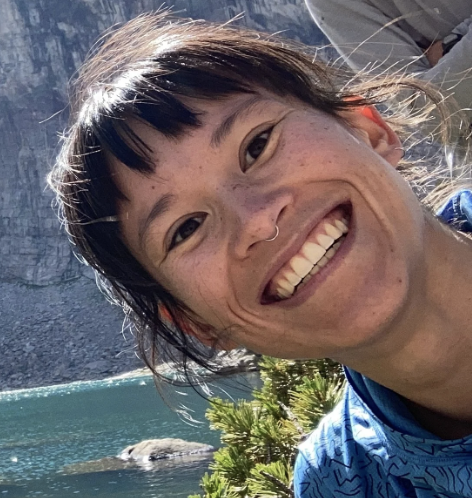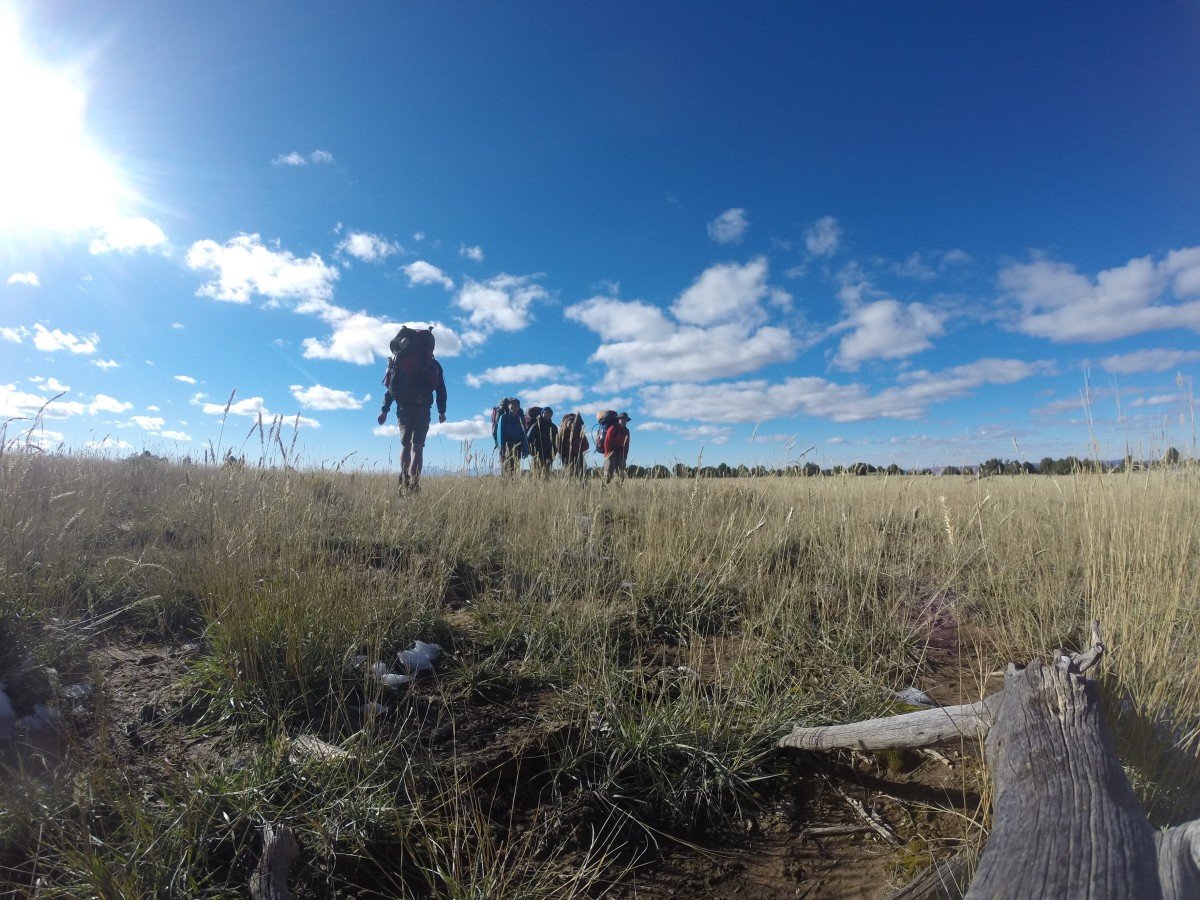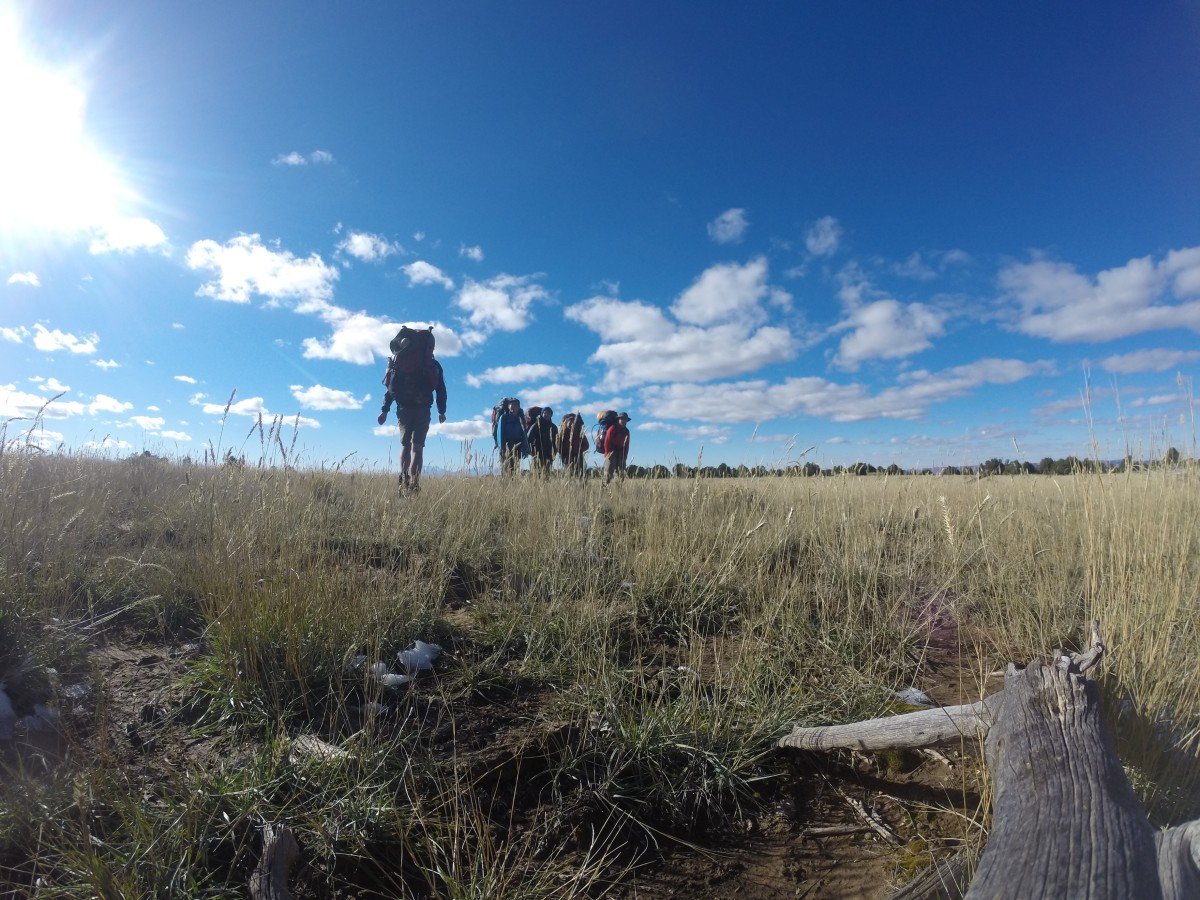NOLS is contesting a recent rule implemented by the Wyoming Department of Environmental Quality (DEQ) that resulted in the downgrading of water quality standards for approximately 76 percent of streams in Wyoming. Many of these streams meander the lands used by NOLS courses throughout the Wind River Mountains, Bighorn Mountains, Wyoming Range, and the Red Desert.

Maintaining clean waters is essential to enjoying a variety of outdoor pursuits. Photo by Jordan Taylor.
We are encouraging outdoor recreationists—locals and visitors alike—to join us in holding the water quality in Wyoming streams up to a higher standard.
If this is the first time you’re hearing of this rule, or if you learned of it only recently, you're not alone. A flurry of recent media activity demonstrates that many individuals and organizations who use these downgraded streams are only now learning of the rule. As a result, the Environmental Protection Agency (EPA) recently tasked the DEQ with hosting an additional public hearing on the rule. This hearing is scheduled in Casper, Wyoming on September 16, where the public can submit written comments or give oral testimony.
Following requests from NOLS and the Wyoming Outdoor Council, the DEQ also decided to accept written comments by mail until the public hearing. NOLS and others are in the process of requesting an additional public hearing in Lander and a one-year extension of the open public comment period through September 15, 2016.
Background
The DEQ’s decision in question, called the Categorical Use Attainability Analysis (UAA), allows five times greater E. coli concentrations in streams of less than 6 cubic feet per second (CFS) annual average flow. This was achieved by downgrading the streams from primary to secondary contact recreation standards. Primary contact recreation includes activities that result in full-body immersion (like swimming or bathing) and visitation or use by children—activities which could result in ingestion of the water. Secondary contact recreation includes activities like boating, wading, and rowing, where full-body immersion is unlikely.
What it means to you and the water
Primary contact E. coli concentration limits are set at 126 organisms per 100 milliliters of water, which results in an estimated illness rate of 36 in 1,000 people, or a 3.6-percent chance that your recreation in those waters results in illness. Secondary contact limits, on the other hand, are set at 630 organisms per 100 milliliters of water. This means that the chance of becoming ill could rise to 18 percent before regulatory actions was required.
As a local example near NOLS Headquarters, in the summertime the Middle Fork of the Popo Agie River regularly exceeds the primary contact E. coli standard in Lander city limits, which results in the posting of “No Swimming” signs throughout City Park.
The change in management standards does not magically increase E. coli concentrations in these streams, but it does change our ability to maintain their pristine quality should they become degraded. The new rule raises the threshold for regulatory enforcement—there has to be more poop in the water before the DEQ is required to do anything about it. For NOLS and other backcountry users, this goes counter to the pristine quality of streams we expect in the wilderness.
To see which streams and areas have been affected, you can view the DEQ’s interactive map of the affected waterways here, or see the map below of stream downgrades in the Middle Fork’s headwaters near NOLS Headquarters and NOLS Rocky Mountain.

Downgraded streams (in red) in the Middle Fork’s headwaters include the upper reaches of Stough Creek, Tayo Creek, and Silas Creek, among many others. Image courtesy of Evan Reimondo.
Get involved and make a difference
We strongly encourage everyone who values clean water in the backcountry to submit their own comment letters on the rule. You can read the Categorical UAA study here if you want to comment on the study itself. The DEQ is also seeking input on the downgraded streams.
In order to prove a stream should be managed for primary recreation, evidence must be provided, and should include photos of the streams and location data (latitude/longitude or UTM coordinates) that demonstrate present or attainable primary contact recreation uses of the streams (full body immersion and/or water play or use by children).
Whether Wyoming’s wild places are in your backyard or on the other side of the world, this is an opportunity for you to tell the DEQ that you think Wyoming’s small streams should be held to the highest standards.
Where to go to comment
The public hearing will be held from 5:30 to 8:30 p.m. on September 16, 2015, and will take place in the Wyoming Oil and Gas Conservation Commission room, Basko Building, 2211 King Boulevard in Casper, Wyoming.
Mail written comments to:
David Waterstreet, Watershed Section Manager
122 West 25th Street, Herschler Building 4-W,
Cheyenne, WY 82002
or fax to (307) 777-5973.




